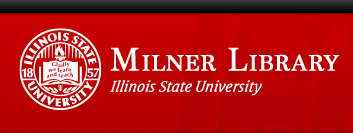
Abstract
Student enrollment statistics indicate an increase in linguistically and culturally diverse students in the United States. Along with the increase in the diversity of the preK–12 student population, one would also expect to see a parallel increase in equitable learning opportunities for all students. Equity and inquiry are the key principles of the Framework for K–12 Science Education (the Framework) as well as the Next Generation Science Standards (NGSS). Due to the growth of minority populations and the increase in the enrollment of minority students, there is an increasing need to address the underrepresentation of linguistically and culturally diverse students. In this article, we intend to bring to the forefront issues related to the education of a diverse student population, including students from different racial and ethnic groups as well as English language learners, in the Western cultural views in science classrooms. We also intend to shed light on the responsiveness of Western science education, the Framework, and the NGSS to linguistically and culturally diverse students. In addition, we introduce some of the challenges that face diverse students. Finally, we provide some recommendations to meet the needs of diverse students.
Recommended Citation
Ghattas, Nadira I. and Carver, Jeffrey S.
(2017)
"Cultural Responsiveness of the Next Generation Science Standards,"
Journal of STEM Teacher Education: Vol. 52:
Iss.
1, Article 5.
Available at:
https://ir.library.illinoisstate.edu/jste/vol52/iss1/5


